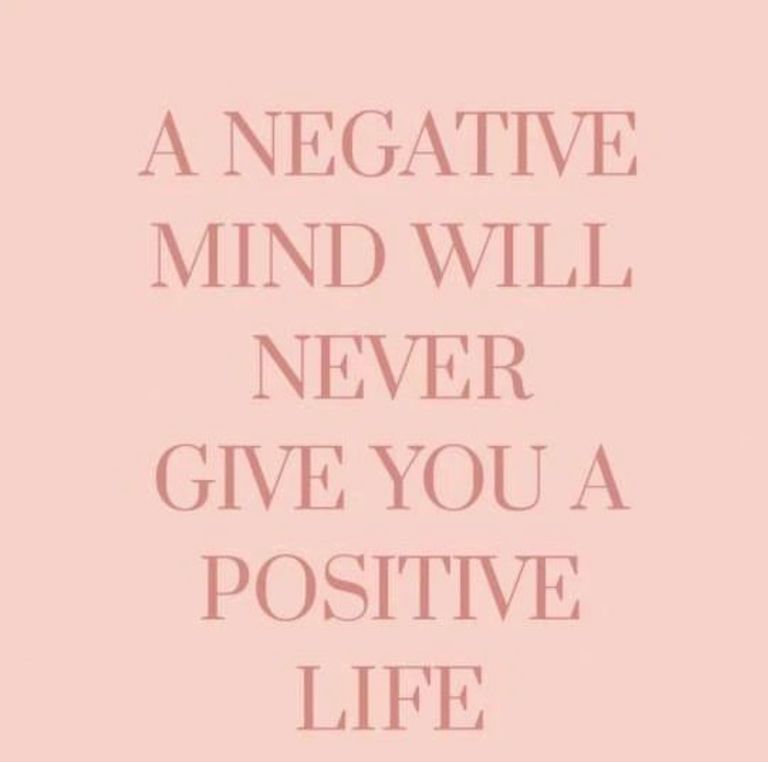Learning from your mistakes is one thing. Putting what you've learned into practice is another. Follow these five steps to avoid repeating those mistakes.
- Own Your Mistakes
You can't learn anything from a mistake until you admit that you've made it. So, take a deep breath and admit to yours, and then take ownership of it. Inform those who need to know, apologize, and tell them that you're working on a solution.
Saying "sorry" takes courage, but it's far better to come clean than to hide your error or, worse, to blame others for it. In the long run, people will remember your courage and integrity long after they've forgotten the original mistake.
If, however, they hear of it from another source, your reputation will suffer and you may not get another opportunity to learn.
- Reframe the Error
How you view your mistakes determines the way that you react to them, and what you do next.
Chances are, you'll view your error in a purely negative light for as long as any initial shock and discomfort about it persists. But, if you can reframe your mistake as an opportunity to learn, you will motivate yourself to become more knowledgeable and resilient.
When you've acknowledged your mistake, think about what you could do to prevent it from happening again. For example, if you didn't follow a process properly, consider introducing a more robust checklist or a clearer process document.
Stop beating yourself up, pause for a moment to reflect, and start thinking about how you can gain from the situation.


- Analyze Your Mistake
Next, you need to analyze your mistake honestly and objectively. Ask yourself the following questions:
What was I trying to do?
What went wrong?
When did it go wrong?
Why did it go wrong?
Our article, 5 Whys, describes a straightforward yet powerful tool for identifying the causes of simple or moderately difficult problems. To use it, start with the error and keep asking "Why?" until you get to the root cause.
For complex or more critical issues, a more in-depth tool, such as Causal Factor Charting, may be more appropriate.
Conducting this "postmortem" should reveal what led to the mistake, and highlight what needs to change in order to avoid a repeat.
- Put Lessons Learned Into Practice
The danger at this stage is that work pressures force you back to your routine tasks and habitual behaviors. The lessons that you identified in Step 3 could languish, unfulfillled, as mere good intentions. In other words, learning lessons is one thing, but putting them into practice is quite another!
Chances are, acting on what you've learned will require the discipline and motivation to change your habits, or to change the way that your team works. Doing so will help you to avoid self-sabotage in the future, and will allow you to reap the rewards and benefits of implementing better work practices.
Here, you need to identify the skills, knowledge, resources, or tools that will keep you from repeating the error.
Do so with care, though, because "quick fixes" will likely lead to further mistakes. Any actions that you take to implement your learning need to be enduring, and something that you can commit to.
If your mistake was a minor or a personal one, personal goals and action plans will lay the groundwork for implementing the lessons you've learned. They can give you a timescale to work to, and a list of the tasks that you'll need to complete.
The specific tools that you use from there on will depend on the particular lessons that you need to put into practice.
For example, if you learned that a mistake occurred because of your forgetfulness, aides-mémoire or greater attention to detail could help. If you found that your organizational skills were below par, digital planners and spreadsheets would be useful.
Or, if you discovered that an error occurred because of a cross-cultural misunderstanding, your communication skills might need a polish.
If the mistake was more organizational than personal, you may need to implement your learning in a more far-reaching way. Writing clearer procedures, for example, could help to ensure that more gets done without mistakes.
Understanding Zenger and Folkman's 10 Fatal Leadership Flaws could help to tackle errors from the top. In fact, not learning from mistakes is one of the 10 flaws, and providing clear and specific feedback is one way to counter this flaw.
And, if you learned that your new product wasn't distinctive enough to be successful, you may need to revisit your whole strategY.

